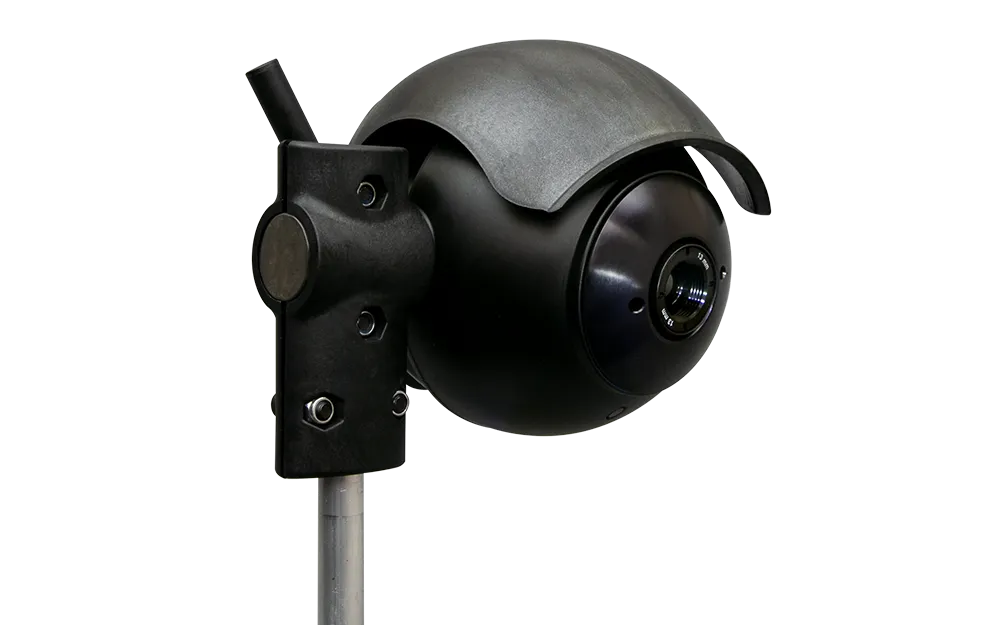
By combining video and thermal cameras with intelligent video analytics, radars, V2X communication technology with traffic management and data analytics software, Flir ITS has solutions, currently used all over the world, to keep all transport modes safe and running at peak efficiency.
Here at Intertraffic, Flir is providing unparalleled access to the experts behind these technologies. Visitors are invited to join Flir’s best ITS problem-solvers at its stand for an engaging look at some of the most effective traffic solutions in the industry.
The Flir Expert Speaker series will welcome product manager Erwin Blancquaert, business solutions manager Robin Collaert, director of innovative engineering Michael Deruytter, technical trainer Joris Blaton, and product manager Steffen De Muynck, who will discuss how Flir technology is revolutionising the way traffic moves.
Talks throughout the week will discuss common infrastructure issues and evaluate how to efficiently detect, avoid, and respond to them. Topics during the show include: Dual vision and early fire detection for safer tunnels; C-ITS with ThermiCam V2X; improving safety for vulnerable road users; making public transport safer using thermal systems; using thermal to identify wrong-way drivers; and creating smarter cities using ITS IQ.
Stand 10.403
%$Linker:










